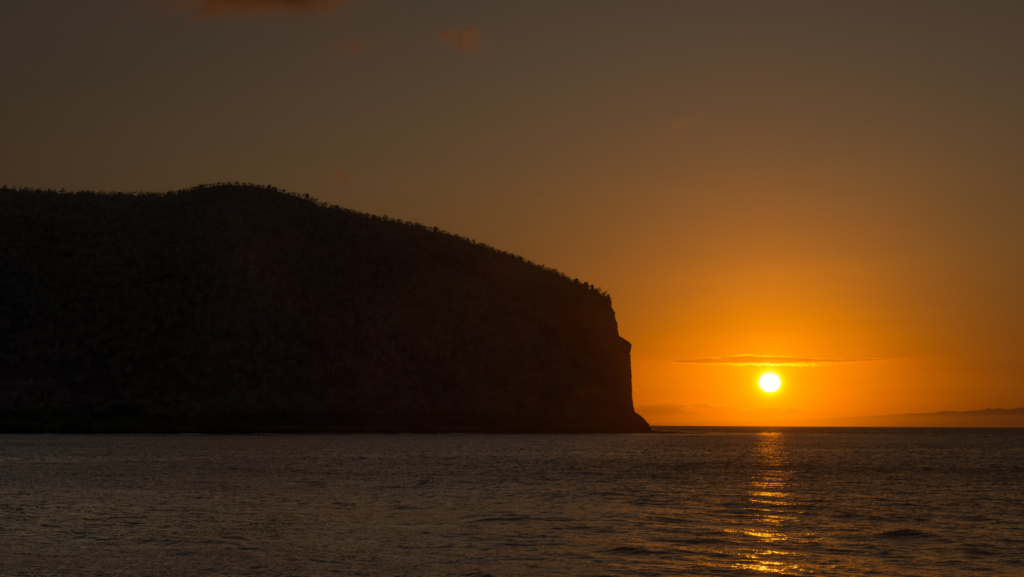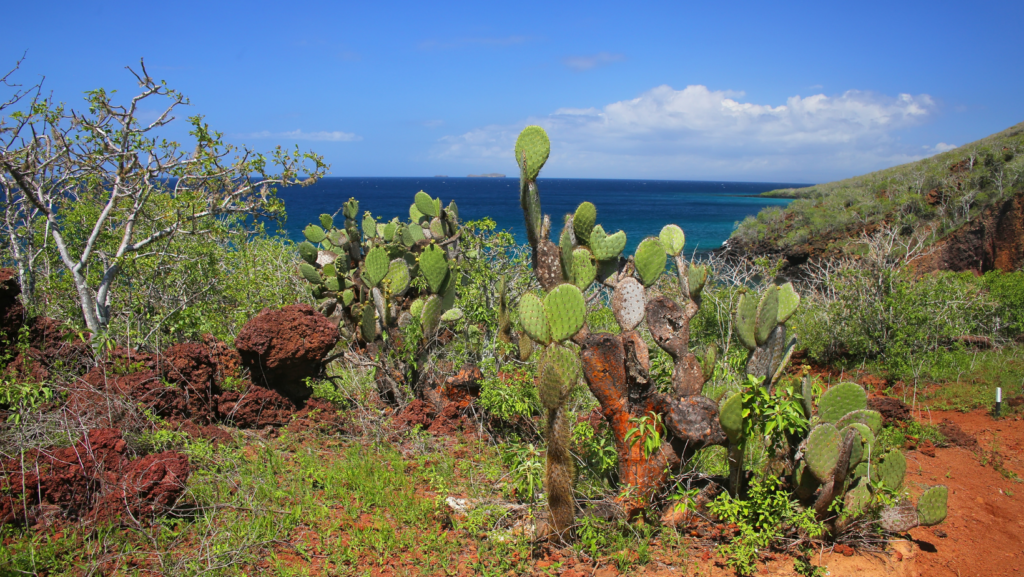
The El Chato Reserve, located in the highlands of Santa Cruz Island, is a natural refuge known for being one of the best places to observe the famous giant tortoises in their natural habitat. This reserve offers a unique experience to visitors, who can walk among these impressive creatures that move freely throughout the area.
The reserve’s landscape is made up of lush green meadows, rainforests and small lagoons, creating an ideal environment for wildlife. In addition to giant tortoises, it is common to see endemic birds such as Darwin’s finches, herons and Galapagos ducks. Visitors can also explore lava tunnels, underground formations that originated when volcanic lava flowed thousands of years ago.
El Chato Reserve is a perfect place for nature and photography lovers, offering a combination of biodiversity and unique landscapes. Additionally, visiting the reserve contributes to conservation efforts and protection of giant tortoises and their environment.
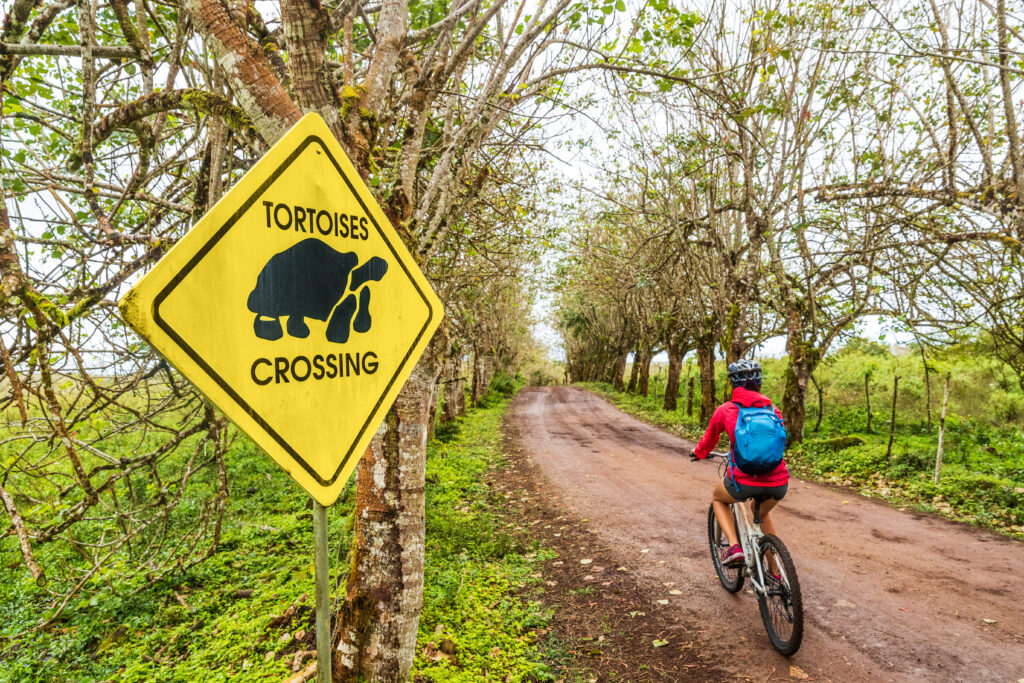
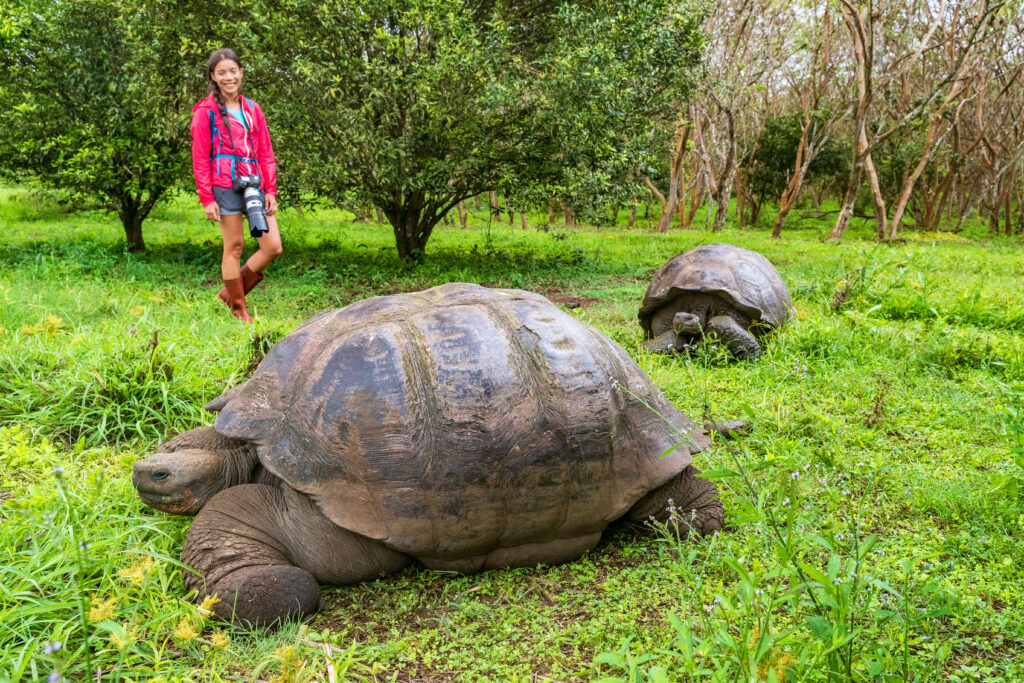
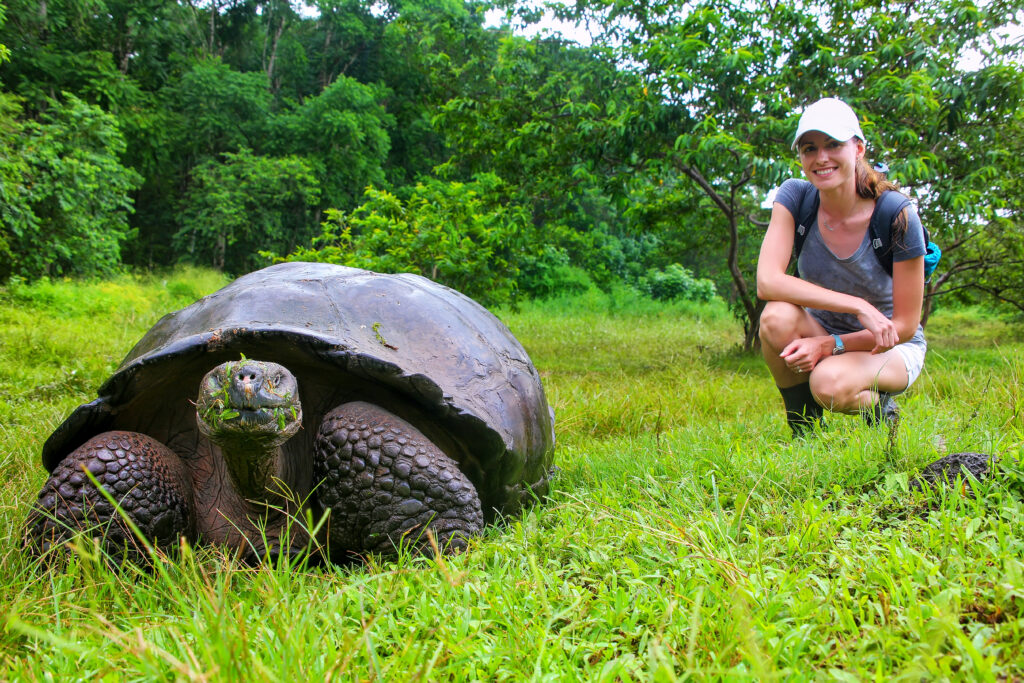
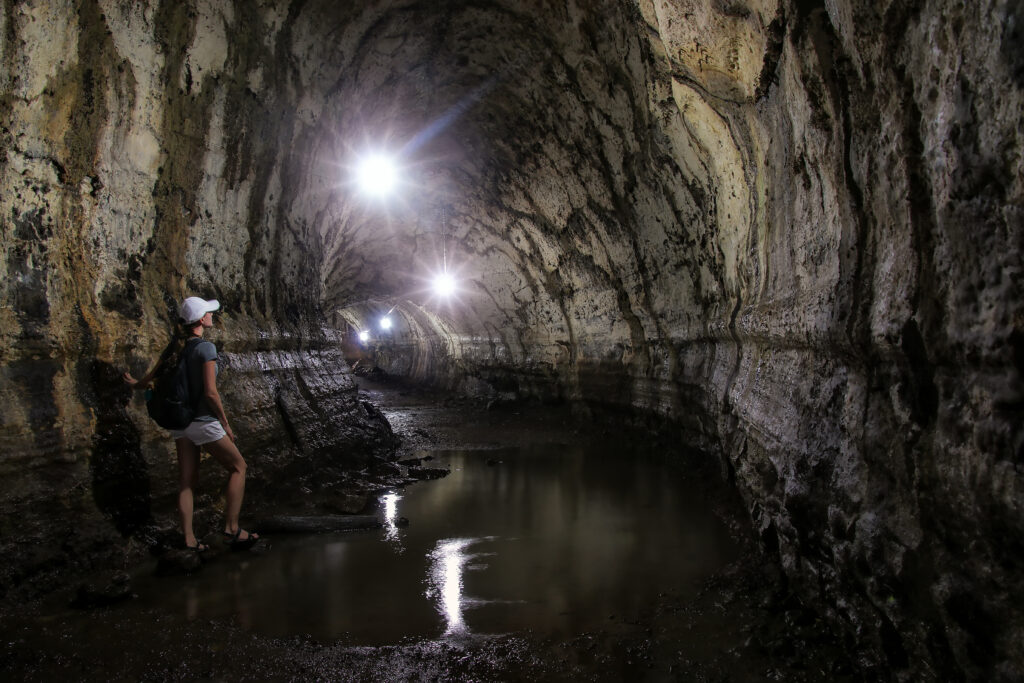

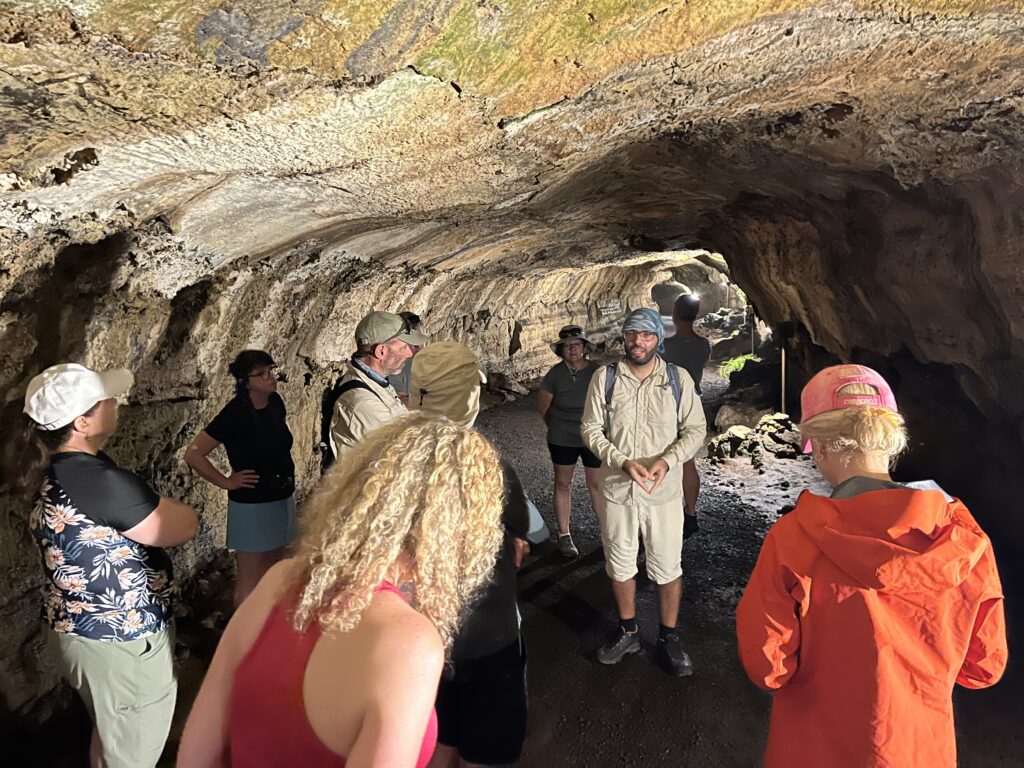
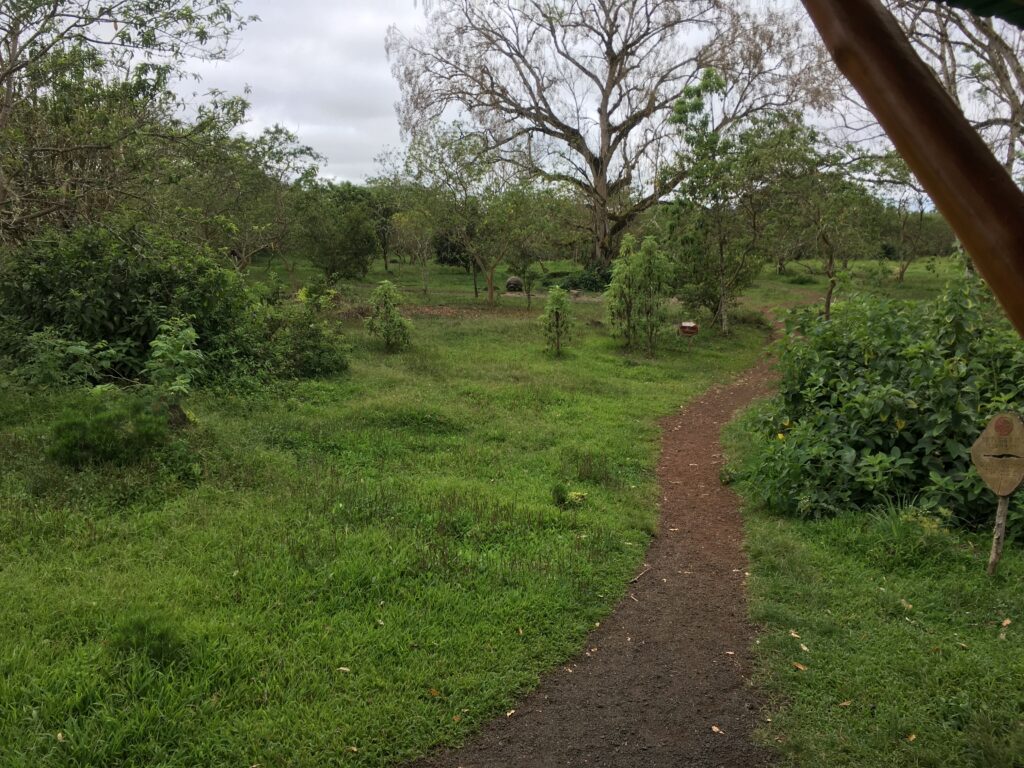

Located on Santa Cruz Island, the Charles Darwin Research Station is a world-renowned research and conservation center dedicated to preserving the unique biodiversity of the Galapagos Islands. Founded in 1964, the station works closely with the Galápagos National Park and various international organizations to protect and study the archipelago’s ecosystem.
The station is home to a multidisciplinary team of scientists, researchers and volunteers who carry out a wide range of conservation and restoration projects. Among its most notable initiatives are the breeding programs for the iconic Galapagos giant tortoises, which have played a crucial role in the recovery of several threatened subspecies.
In addition to its scientific work, the Charles Darwin Station offers visitors the opportunity to learn about conservation efforts through educational exhibits, interpretive trails and informative lectures. Visitors can get up close and personal with the giant tortoises breeding center’s, observe the daily work of scientists, and learn about the natural history of the islands and the environmental challenges they face.
The resort is also dedicated to educating and raising awareness among the local community and tourists, promoting sustainable tourism practices and the importance of conservation. Its educational programs and community workshops seek to engage local people in protecting their natural environment and adopting sustainable practices.
Visiting the Charles Darwin Scientific Station is an enriching experience that allows travelers to understand the importance of conservation and research in preserving one of the most unique and fragile ecosystems on the planet.



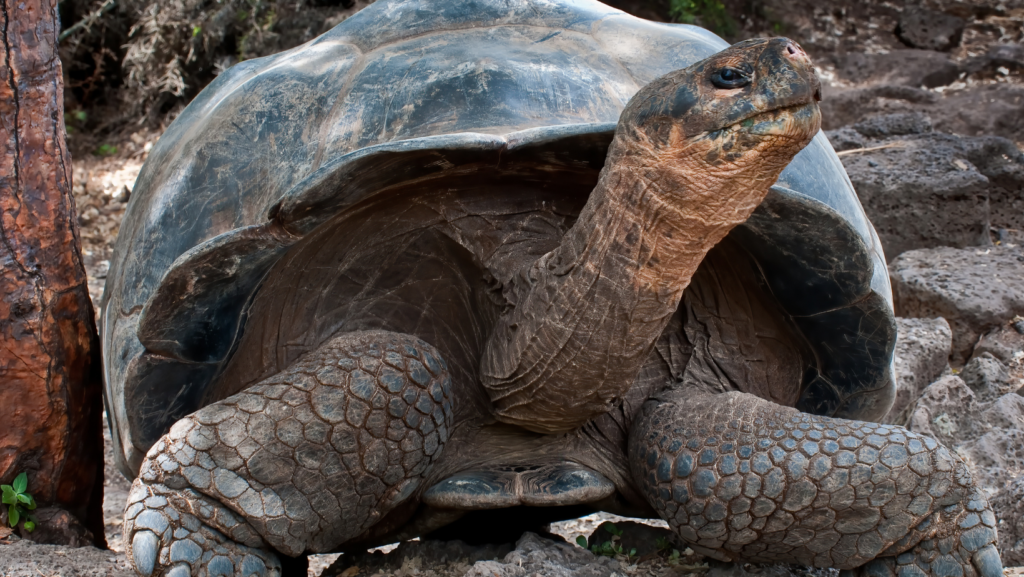
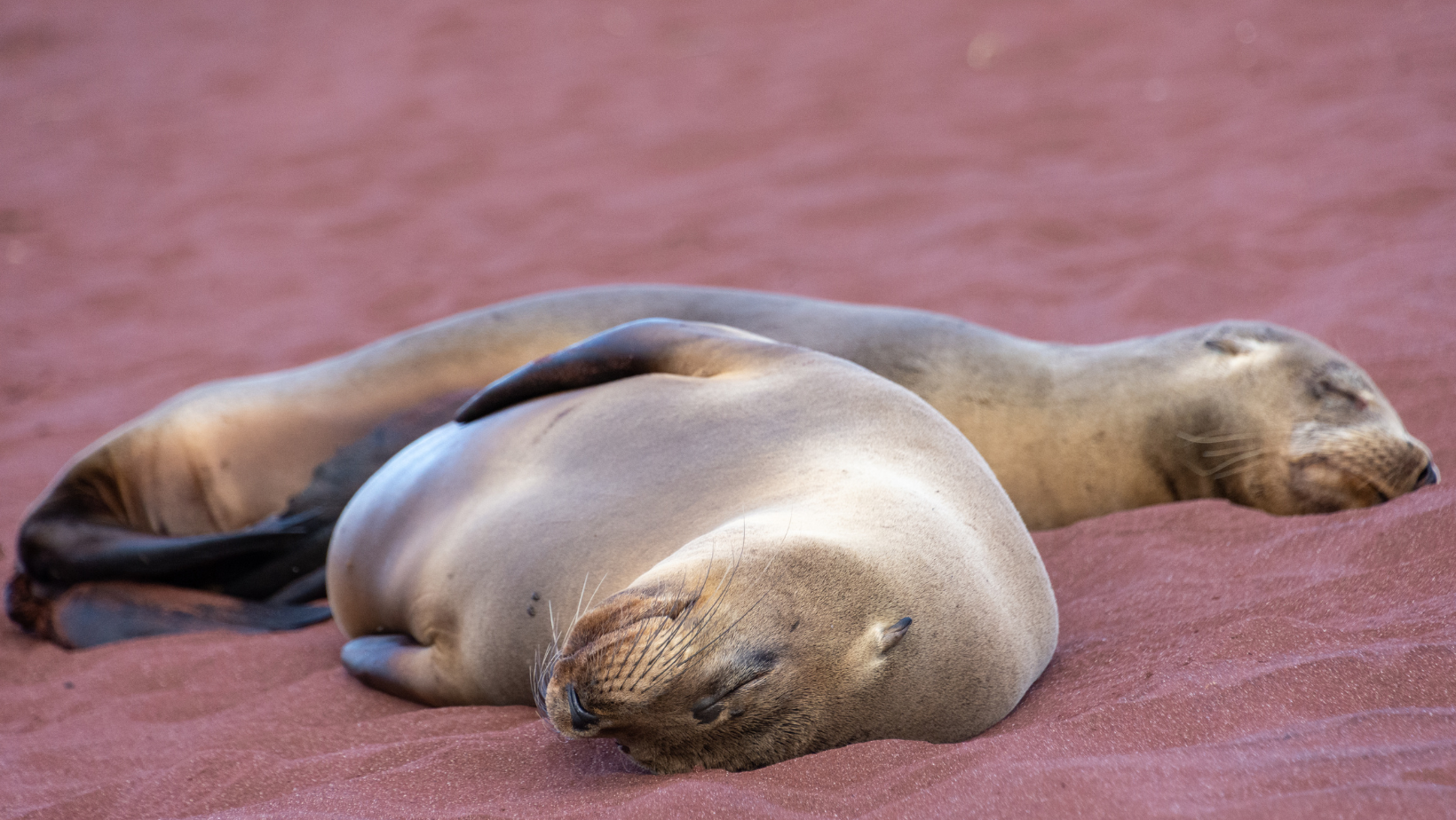
Rabida is one of the small islands located south of Santiago Island. This island has the greatest diversity of rocks and volcanic lava of the entire archipelago and is often identified as the geographic center of the Galapagos. It is possible to go scuba diving or snorkeling near the coast of the island. This island is visited as part of some naturalist cruise itineraries.
Dive site
Most of the action takes place on the northern portion of the islet, where it is possible to observe turtles, white-tip sharks and large schools of fish. The site is perfect for beginners, with maximum depth reaching around 60 feet (18 m).

